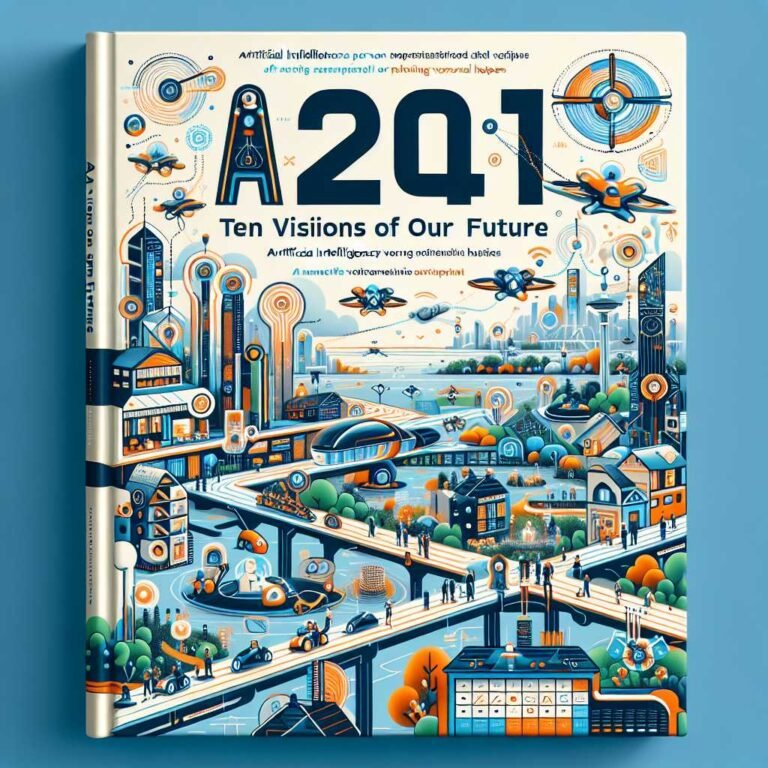Thinking, Fast and Slow: A Journey into the Mind
Thinking, Fast and Slow by Daniel Kahneman is a groundbreaking book that explores the two systems of thinking that drive our decision-making processes. In this blog post, we will summarize the main ideas of the book, highlight the most important chapters, and draw conclusions about how they relate to our lives today.
The Two Systems of Thinking
Kahneman introduces the concept of two systems of thinking: System 1 and System 2. System 1 operates automatically and quickly, relying on intuition and heuristics. It is responsible for our snap judgments and immediate reactions. On the other hand, System 2 is deliberate and effortful, requiring conscious thought and logical reasoning.
One of the key takeaways from the book is that we often rely too heavily on System 1 thinking, leading to cognitive biases and errors in judgment. Understanding the interplay between these two systems can help us make better decisions and avoid common pitfalls.
Important Chapters
While every chapter in Thinking, Fast and Slow is filled with valuable insights, a few stand out as particularly impactful:
- Chapter 1: The Characters of the Story – This chapter sets the stage for the entire book, introducing the two systems of thinking and providing a framework for understanding their role in our lives.
- Chapter 4: The Associative Machine – Here, Kahneman explores the power of associative thinking and how it influences our perceptions and decision-making.
- Chapter 21: Intuition vs. Formulas – This chapter delves into the debate between relying on intuition versus using formal models and algorithms to make decisions. Kahneman examines the strengths and weaknesses of each approach.
Relevance Today
Thinking, Fast and Slow was published in 2011, but its insights remain highly relevant in today’s fast-paced world. In an era of information overload and constant distractions, understanding the biases and shortcuts our minds take can help us navigate the complexities of modern life.
Moreover, the book’s exploration of the limitations of human decision-making has significant implications for fields such as economics, psychology, and public policy. By recognizing our cognitive biases, we can design better systems and institutions that account for these inherent flaws.
Conclusion
Thinking, Fast and Slow is a must-read for anyone interested in understanding the inner workings of the human mind and improving their decision-making abilities. By delving into the two systems of thinking and highlighting their strengths and weaknesses, Kahneman provides valuable insights that can be applied to various aspects of our lives.
As we navigate the complexities of the modern world, being aware of our cognitive biases and employing deliberate, System 2 thinking can help us make more informed choices and avoid costly mistakes. So, pick up a copy of Thinking, Fast and Slow and embark on a fascinating journey into the depths of the human mind.
Thinking Fast Slow Daniel KahnemanYou can find more reviews of books related to AI, Future, BCIs at InnoVirtuoso: Literature
Hey there, fellow book lover! 📚 I’m thrilled you enjoyed the review. If you’re eager for more literary adventures, why not take the next step? Dive right into the world of audiobooks on Amazon’s Audible platform. Imagine having your favorite stories narrated to you, enriching your commute, workouts, or downtime.
Try Audible Plus






